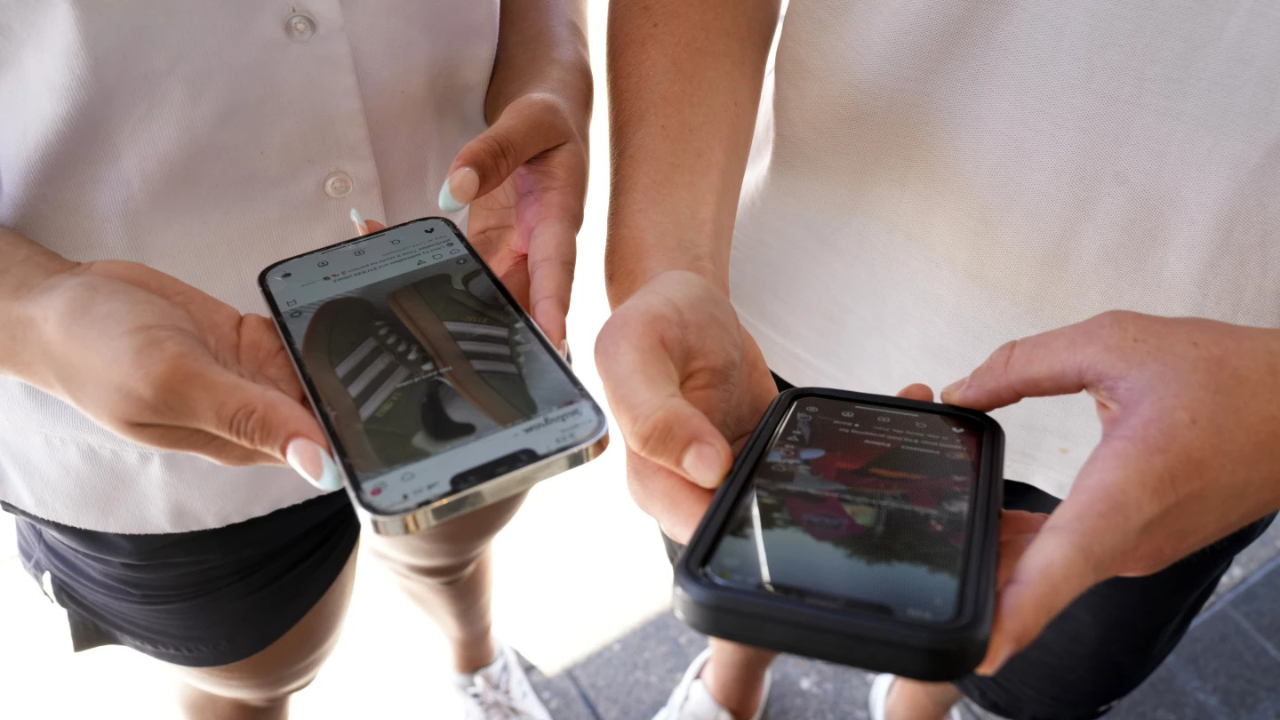ARTICLE AD BOX
Across the world, millions of people are impacted by the cocaine addiction epidemic. It fuels serious health problems, criminal activity, and social unrest. Nonetheless, resolving this widespread issue calls for concerted global action as well as ongoing assistance for individuals impacted.
According to The Guardian report, researchers are building a virtual reality world to help people overcome their cocaine addiction by repeatedly exposing them to tempting scenarios in a safe environment.
In order to treat cocaine users, Paolo Deluca of King's College London is leading a virtual reality initiative that immerses users in situations that are realistic and likely to stimulate cravings, such as being alone or at a party. By disentangling drug-use triggers from cocaine addiction, the "cue exposure treatment" approach, which has been shown to be beneficial in lowering alcohol cravings, enables users to rehearse refusal techniques in a safe setting.
"We are trying to better understand the scenarios-the cues and interactions-that trigger cravings in people who use cocaine," he told The Guardian.
The work is one of 11 projects announced on Friday as part of a 12 million Pounds (Rs 122 crore) government investment to reduce drug overdoses through virtual reality, artificial intelligence, and wearable technology.
According to UN reports, in the decade to 2022, the number of people using illicit drugs increased to 292 million, the UNODC report says.
It noted that most users worldwide consume cannabis-228 million people-while 60 million people worldwide consume opioids, 30 million people use amphetamines, 23 million use cocaine, and 20 million take ecstasy.
Further, UNODC found that there was an increase in overdose deaths following the emergence of nitazenes-a group of synthetic opioids potentially more dangerous than fentanyl-in several high-income countries.
.png)
 1 month ago
1
1 month ago
1








 English (US)
English (US)